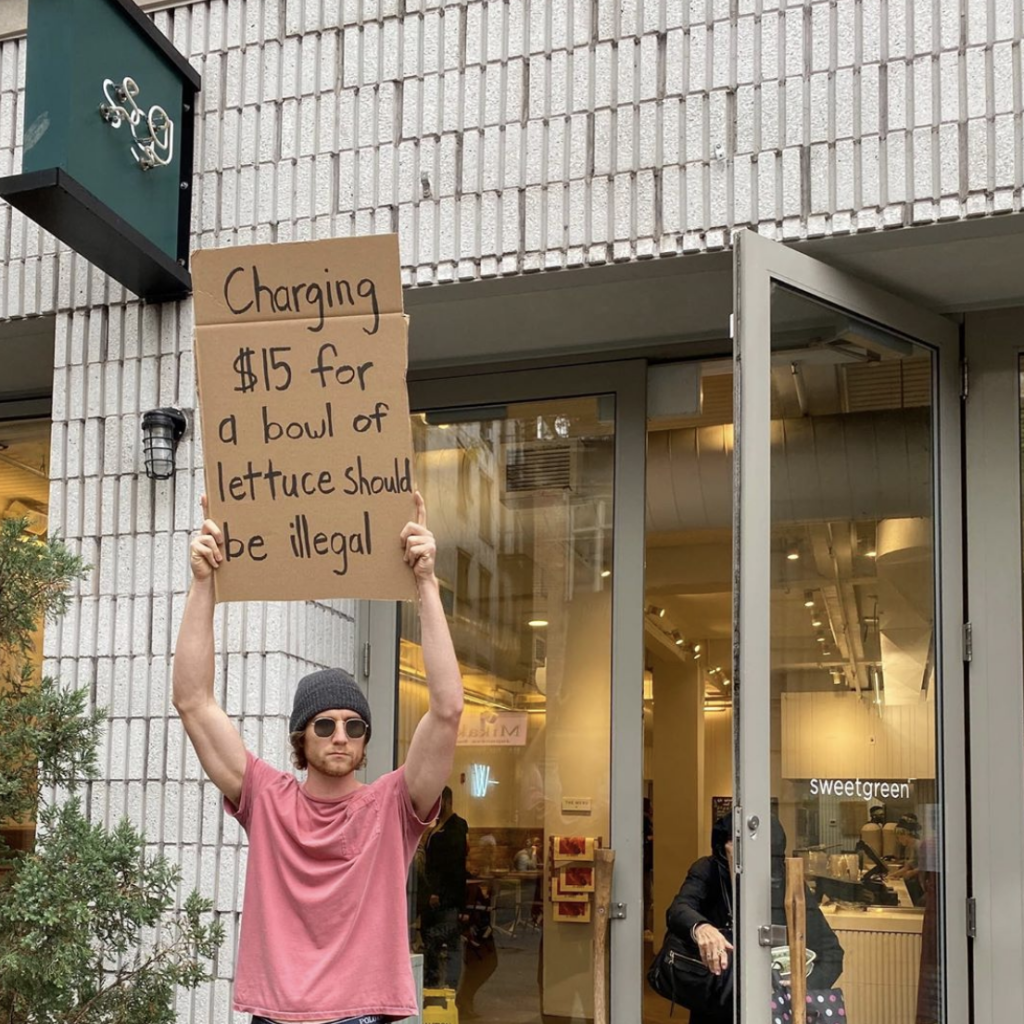
original post link
Retailers know that we’re willing to pay a premium for food that can protect our health. Recent studies show that we think more expensive food is healthier even when that’s not objectively true. Beyond smart marketing, there are some structural and systemic reasons that the food that helps her health can hurt our wallets. The US government doesn’t subsidize leafy vegetables in the same way it supports wheat, soy, and corn. Those are all vital ingredients in a lot of junk food, making it all the more attractive to choose these options when we’re on a budget.
And all of this adds up. Fewer than 10% of Americans are eating enough fruits and vegetables, and 95% of Americans don’t get enough fiber. All of this has enormous ramifications for health; 4 of the top 10 causes of death are nutrition-related. And risk factors can decrease with the consumption of more plant-based foods. According to some estimates, if we all ate a few more plants, we could save billions of dollars in medical costs a year. And medical expenses are the number one cause of personal bankruptcy.
1. Try Frozen

According to this Forbes article, frozen foods can be 50% cheaper than their fresh counterparts. However, Frozen food doesn’t have the highest reputation as a health food. One of the more common arguments against frozen food is that it has less nutritional value than fresh. The scientific literature is mixed, but for the most part, frozen produce is nutritionally similar to fresh produce. In the cases, when studies found nutrient decreases, they were generally small. Be careful with additives, though; sometimes, frozen food can have other chemicals or added sugars. If the frozen food is the only ingredient on the ingredient list of the package, then it should be fine.
Some favorite frozen options at Refolo are mango, spinach, kale, veggie noodles (carrot, zucchini, butternut squash), and broccoli. They’re a convenient option for stirfries, smoothies, and any heat and eat dishes. They’re also a worthy warrior in the battle against food waste. Try freezing veggies right before they spoil, which will extend the shelf life of foods bought fresh.
2. Reconsider When To Buy Organic
Organic food is having its heyday and producers charge a premium for it. But, what exactly is organic anyway? The term organic refers to how we grow and process food and refers to growing without certain toxic and synthetic pesticides.
According to this survey, buying food that goes through this process can increase the price for that produce by 68%. However, organic isn’t always necessary. If we do splurge on organic consider reserving those purchases for produce from the dirty dozen list. The dirty dozen refers to twelve crops that feature the highest amounts of pesticide residue. Because these crops have the highest levels of contamination, the Environmental Working Group suggests shoppers buy these organic when possible. The crops are strawberries, spinach, nectarines, apples, grapes, peaches, cherries, pears, tomatoes, celery, potatoes, sweet bell peppers.
On the opposite end, we often don’t need to buy organic for the clean 15 . The produce on this list are avocados, sweet corn, pineapples, cabbage, onions, sweet peas, papayas, asparagus, mangoes, eggplants, honeydews, kiwis, cantaloupes, cauliflower, and broccoli. All these have little to no contamination from pesticides. These typically have the lowest amounts of pesticide residue. Skipping organic on these items can be an easy way to get plant-based foods on a budget.
What’s more important is that we eat vegetables so purchasing conventional foods can help our wallets. This video by Kurzegesagt was a good explanation of that.
3. Eat in Season to Boost Budget

Buying in-season produce is not only delicious but also easy on the wallet. When we buy what’s in season, we buy food that’s at the peak of its supply. This costs less to farmers and distribution companies to harvest and get to your grocery store. All that comes back to savings on that produce. You can try planning your meals with the season in mind. Summer fruits freeze well for smoothies all year long. Try this resource to see what’s in season locally and eat plant-based on a budget.
4. Get Spicy at Bulk Bins and Specialty Food Stores

We all know a good plop of spices can make even the blandest of vegetable pop. When refilling the spice rack, take a look at spices at Indian, Middle Eastern, Asian, and Chinese shops and supermarkets. At bulk bins, we can buy as much or as little as we want and be able to purchase more for our money and boost our budget.
We hope you enjoyed this post, health, affordability, and convenience are central to what we believe at Refolo. Interested in staying updated on Refolo? Then join our email list! Check out Refolo’s recipe planner that includes our database of 20-minute plant-based recipes here. To learn more about Refolo, go here. Have tips of your own? Comment and let us know on all media platforms with #eatrefolo.

